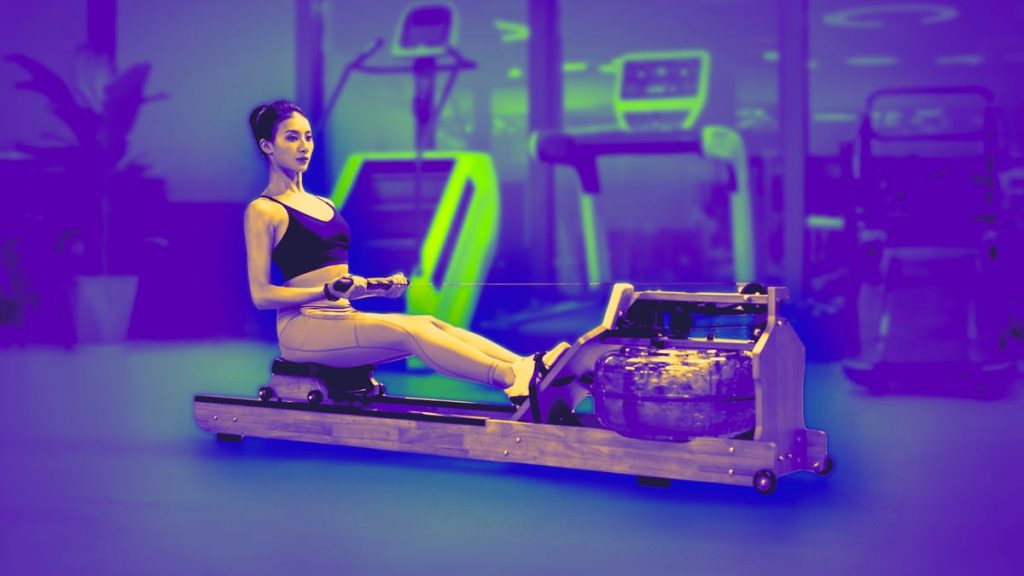When using a rowing machine, proper form is crucial for an effective workout. Working with a rowing instructor or trainer who is familiar with the machine can help you learn the correct form. The four key steps to rowing are the catch, drive, finish, and recovery. Starting from a fully compressed position, you should push with your legs to drive the seat and handle away from the screen. As you progress through the stroke, your legs, body, and arms work together to generate momentum and accelerate the flywheel. The recovery phase involves moving the arms away from the body, pivoting the body forward, and compressing the legs to return to the catch position.
It’s important to understand and properly use the drag factor on a rowing machine. This feature, usually found as a dampener handle on traditional rowers, can affect the feel of the stroke by adjusting the rate at which the flywheel slows down. Increasing the drag factor can make the stroke feel heavier, so it’s essential not to confuse this setting with speed level or intensity. The main unit of measurement in rowing is output, which is the force applied to move the flywheel during each stroke. Output can be used to calculate metrics like split, stroke rate, and distance rowed. Focus on output as it is usually displayed prominently on the screen, but be aware that different rowing machines may emphasize different metrics.
Before starting a rowing workout, it’s important to take precautions to ensure your safety. If you have any health concerns or are pregnant, it’s recommended to consult with your doctor before beginning a rowing program. Rowing can be a gentler way to restart cardiovascular fitness after an injury as it provides a low-impact workout that is easier on the joints and knees. By incorporating rowing into your exercise routine, you can reap the benefits of a cardio workout while minimizing the risk of further injury.
In summary, rowing with proper form and technique is key to maximizing the benefits of a workout on a rowing machine. Learning the four key steps to rowing and understanding metrics like output and drag factor can help you track and improve your performance. It’s important to consult with a rowing instructor or trainer to ensure you are using the machine correctly and safely. Additionally, taking precautions and getting clearance from your doctor before starting a rowing program can help prevent injuries and ensure a safe and effective workout. Incorporating rowing into your exercise routine can provide a low-impact cardiovascular workout that is beneficial for overall fitness and health.












